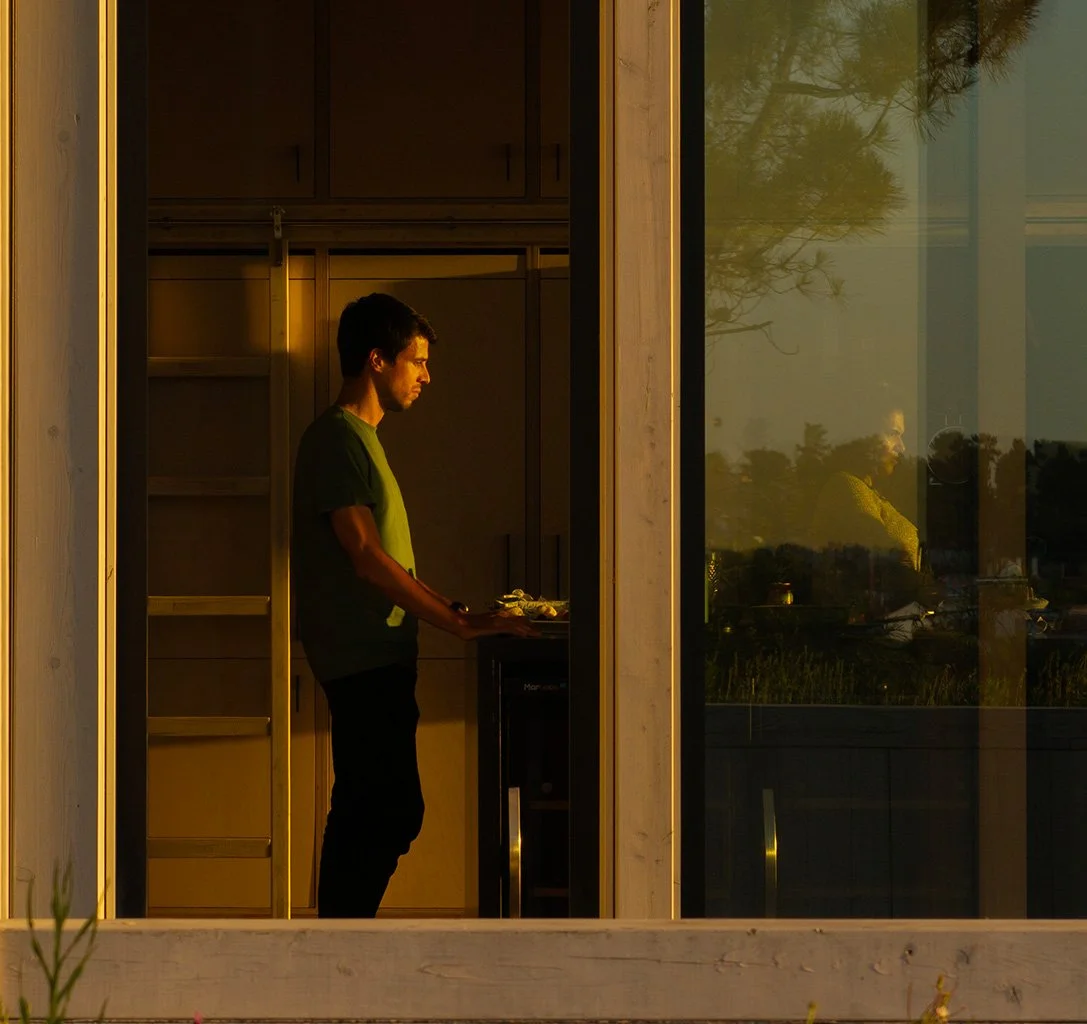The Evolution of Community Design
Throughout human history, our dwellings have reflected more than mere necessity; they’ve embodied our deepest social instincts. From medieval European villages clustered around communal hearths to traditional Portuguese plazas where generations gathered, architecture has long served as the physical manifestation of community values.
Yet, the industrial revolution and subsequent modernist movement gradually isolated us, replacing community-centric design with the efficient but often alienating structures that characterize much of contemporary living.
Arolla draws profound inspiration from this rich historical tapestry with its revolutionary Dasein concept, a philosophical approach to home design that transcends mere aesthetics to foster genuine human connection through thoughtful architecture.
Reimagining Community Through Architectural Innovation
At the heart of every Arolla home lies the Ágora; a multi-purpose core space designed specifically to bring people together. This central gathering area serves as the architectural fulcrum upon which the entire residence balances, creating natural circulation patterns that encourage spontaneous interactions whilst maintaining distinct zones for various activities.
Dasein is more than just a concept; it’s a way of life. It’s a warm conversation between neighbors who share sustainable healthy living. It’s the quiet wisdom of an elder passed down over coffee, the fresh energy of the young shaping the future.
The strategic placement of shared amenities, from community kitchens to collaborative workspaces, create what sociologists call “collision points,” - areas where residents naturally encounter one another during daily routines. These architectural interventions don’t merely facilitate interaction; they actively encourage it through thoughtful design that respects both the need for community and the human scale.
The Psychological Impact of Common Spaces
Research consistently demonstrates that well-designed communal spaces significantly impact psychological wellbeing. Arolla’s Dasein concept leverages this understanding by creating environments that foster what psychologists call “weak social ties”, casual connections that paradoxically strengthen community resilience and individual mental health.
The CLT (Cross Laminated Timber) construction method employed by Arolla further enhances this effect. The natural warmth of wood creates visually inviting spaces that reduce stress hormones and encourage lingering conversations. Studies show that humans instinctively respond positively to biophilic elements in built environments, with wooden structures specifically associated with reduced anxiety and improved social cohesion.
Balancing Privacy with Community Engagement
Perhaps the most sophisticated aspect of Arolla’s approach is its nuanced understanding of privacy’s role within community design. Rather than viewing privacy and community as opposing forces, the Dasein concept treats them as complementary elements of a healthy living environment.
Through thoughtful spatial hierarchies that transition seamlessly from public to semi-private to completely personal spaces, Arolla homes respect individual boundaries whilst encouraging participation in communal life. Acoustic design elements using the natural sound-dampening properties of CLT construction ensure conversations remain intimate even in shared areas, whilst flexible partition systems allow spaces to adapt as social needs evolve.
The Future of Connected Communities
As we face increasingly complex social and environmental challenges, Arolla’s Dasein concept offers a compelling vision of how thoughtful, sustainable architecture can help rebuild the community connections many modern societies have lost. By drawing from historical wisdom whilst embracing contemporary innovations in sustainable construction, Arolla demonstrates that the homes of tomorrow can honor our fundamental need for both connection and sustainability.
In the Dasein concept, we find not merely a construction philosophy but a profound statement about what truly constitutes home in the 21st century; a place where community, connection, and respect for nature coexist in harmonious balance.


